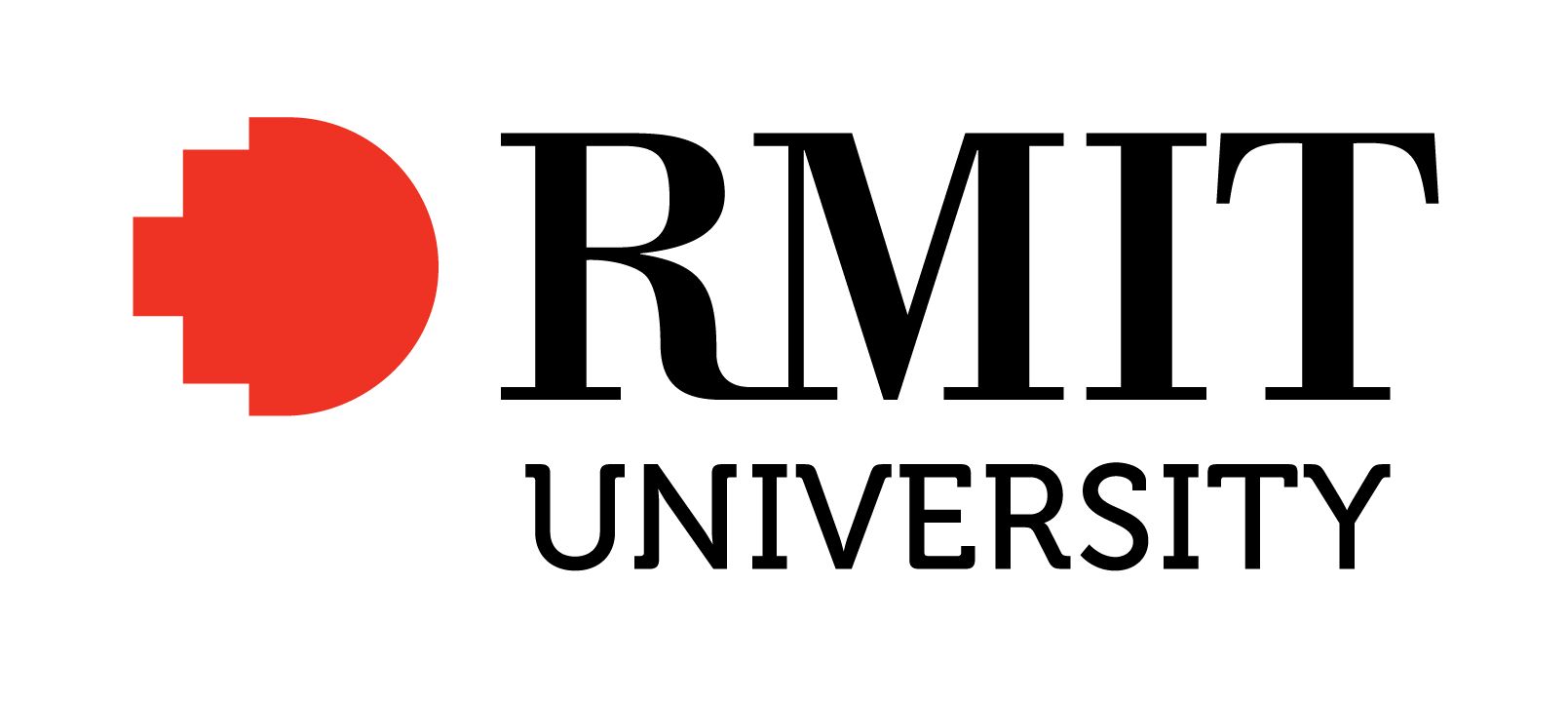Full description
Research Background International developments in video art include questioning the world through the social device of the language of memory and time, from Vasulka and Tarkovsky's theory to new works exploring memory and metamodernism. This series interrogates how memory can be used to first, represent memory as a device for social narrative; and second, situate this narrative as an advancement of both slow cinema and meta-modernism. Wilson addresses this research question in different ways in order to find new knowledge and evolve research in this area further. Research Contribution Uber Memoria XIX. Part II differs from Part I by focusing on metamodernism. The core of this work is based on the Metamodernist Manifesto (Turner, 2011) which opens with the proclamation for 'oscillation to be the natural order of the world' and concluding that metamodernism is "the mercurial condition between and beyond irony and sincerity, naivety and knowingness, relativism and truth, optimism and doubt, in pursuit of a plurality of disparate and elusive horizons". Wilson uses these principles as a framework to test how memory can be utilised through video as an oscillation between time and subject, thus providing a new way for the discipline to understand how metamodernism can be positioned as a cognitive mapping and narrative device to overcome barriers for visually experiencing the implications and limitations of memory in art and develops the work of Holden (2011) and his exploration of oscillation. Research Significance Shown in Venice (curator Luca Curci), in Brazil (Laura Baber Gallery, Buenos Aries 2014 ) and the Electronic Language International Festival, San Paulo (2014); Bideodromo Experimental Film and Video Festival, Bilbao, Spain (2014); and the Hamilton Music and Film Festival, Canada (2014).Issued: 2014-01-01
Created: 2024-10-30
Subjects
User Contributed Tags
Login to tag this record with meaningful keywords to make it easier to discover
Identifiers
- DOI : 10.25439/RMT.27348918.V1



